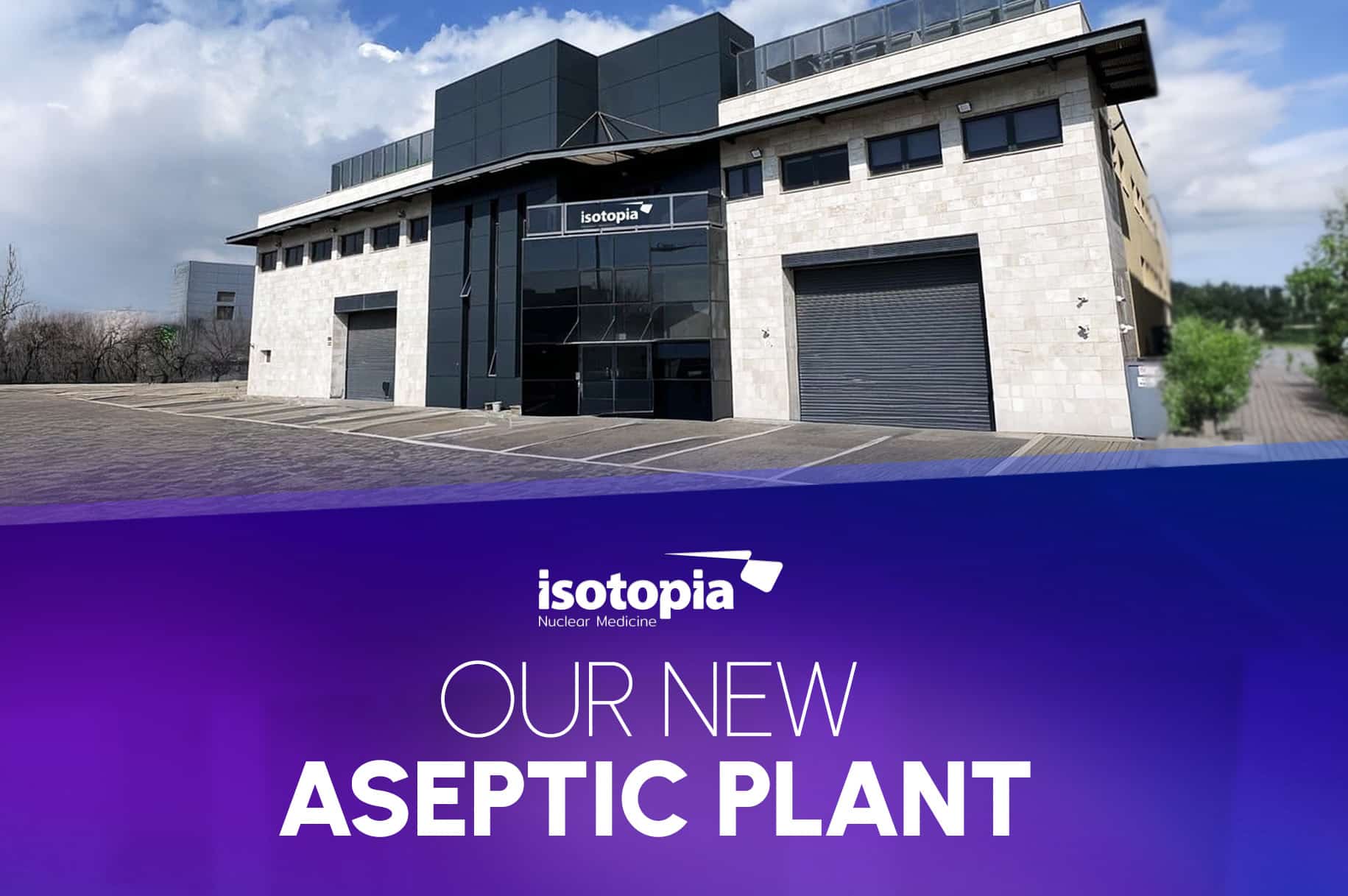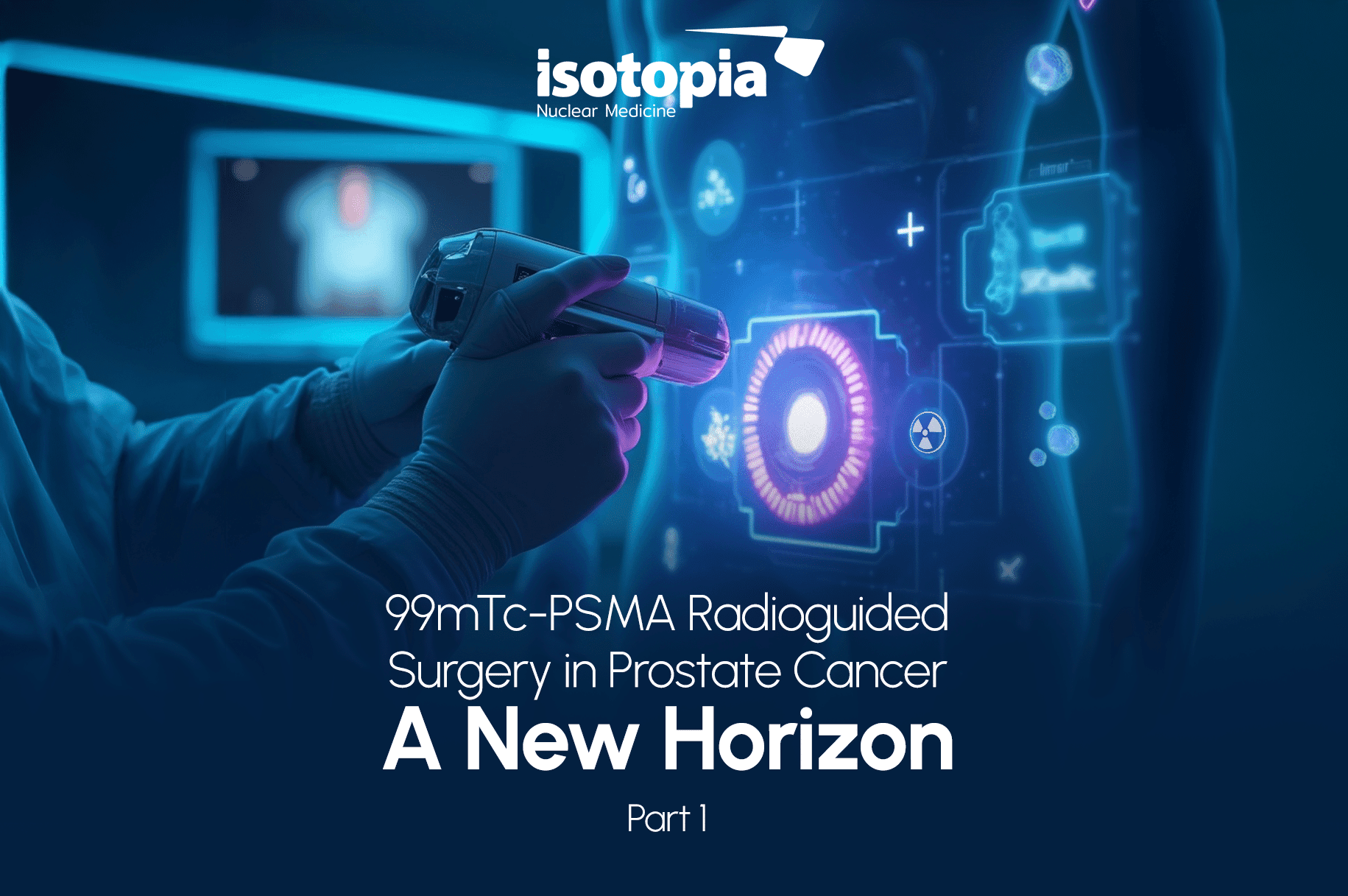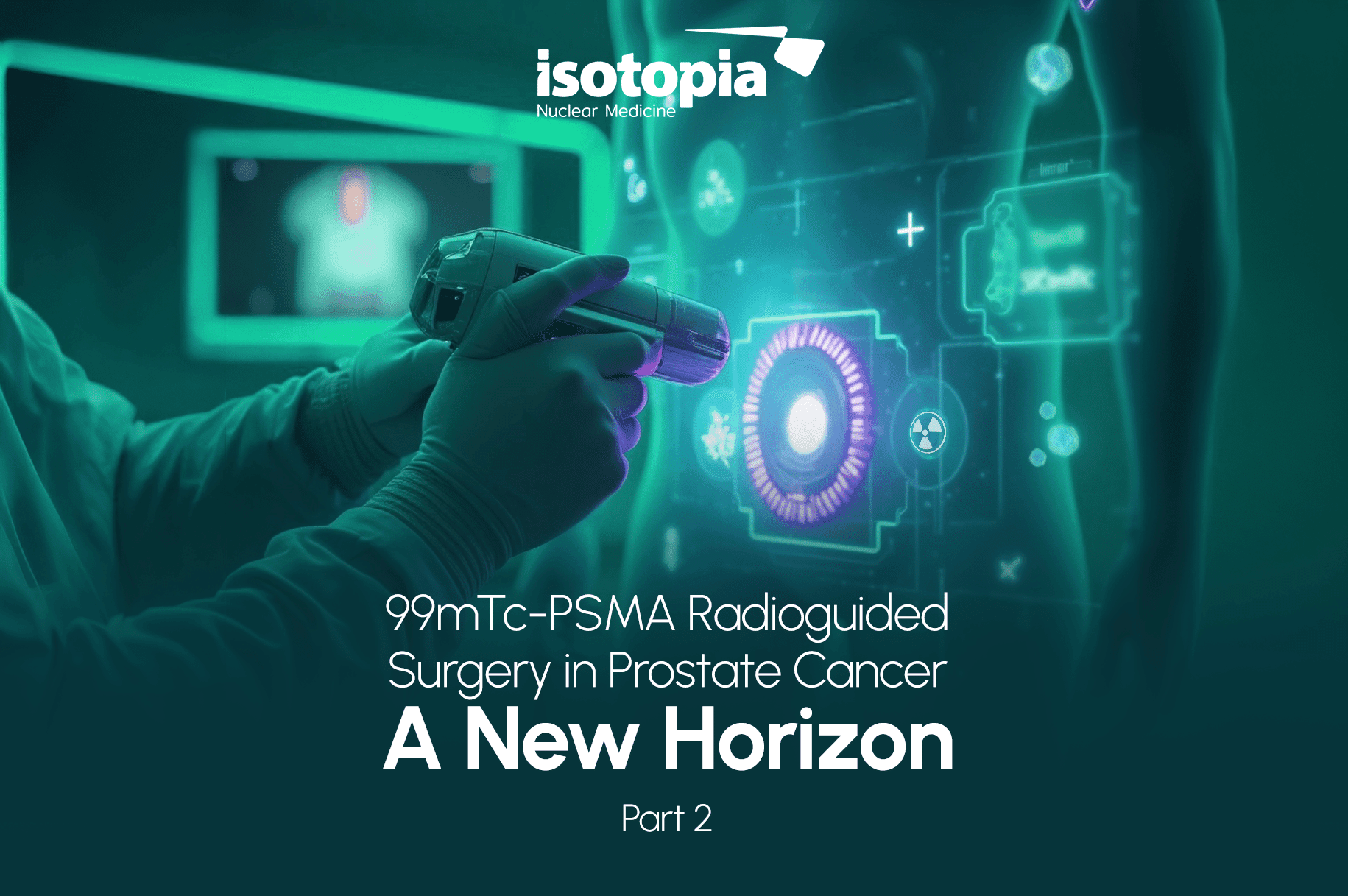Introduction: A New Frontier in Prostate Cancer Treatment
A recent study published in the journal Radiology is paving the way for a potentially more effective approach to treating localized prostate cancer. This research, titled “Pharmacokinetic comparison of selective prostatic arterial and intravenous PSMA PET/CT radioligand infusions in primary prostatic adenocarcinoma” by Kohlbrenner et al. [2], investigates a novel method for delivering radioligand therapy directly to the prostate gland. This has significant implications for the future of prostate cancer treatment, suggesting a targeted technique that could maximize efficacy while minimizing systemic adverse side effects.
The Kohlbrenner Study: Targeted Delivery of Radioligands
The Kohlbrenner study centers on the use of prostate-specific membrane antigen (PSMA)-targeted radioligands, which have already shown promise in treating metastatic castration-resistant prostate cancer when administered intravenously. The researchers sought to determine whether a more direct route of administration, specifically through the prostatic artery, could enhance the concentration of the therapeutic agent within the primary tumor.
In a head-to-head comparison, the investigators administered a PSMA PET/CT radioligand, 68Ga-PSMA-11, to patients with primary prostatic adenocarcinoma through both conventional intravenous (IV) infusion and a selective prostatic arterial infusion. The results were striking:
- The study found that direct arterial infusion led to a significantly higher concentration of the radioligand within the tumor.
- The mean maximum standardized uptake value (SUVmax), a measure of radiotracer accumulation, was a remarkable 938 for the arterial delivery compared to just 14 for the standard IV method.
- SUVmax rose 65.7-fold with intra-arterial (IA) administration compared to IV.
- SUVmean increased 46-fold at peak uptake, with AUC on time-activity curves increasing 60.9-fold (P = .002).
This groundbreaking research, which essentially compares flooding the entire system versus delivering a concentrated dose directly to the target, suggests that selective prostatic arterial infusion could be a much more potent way to treat high-risk, localized prostate cancer. These findings spark an important discussion about refining our therapeutic strategies and moving towards more precise and powerful interventions in the fight against this common malignancy.
Integrating with Radionuclide Therapy (RNT)
The IA approach aligns with the broader field of radionuclide therapy (RNT), which has emerged as a cornerstone of modern oncology. RNT utilizes unsealed radioactive sources—such as beta, alpha, or Auger emitters—to deliver cytotoxic ionizing radiation with exceptional specificity. Unlike external beam radiation therapy, RNT can target malignant cells with great precision while sparing adjacent healthy tissue, thus making it uniquely effective in complex or inaccessible tumor environments.
The Strategic Advantage of Intra-arterial (IA) Delivery
The “why intra-arterial” question is answered compellingly by the distinct strategic advantage of highly localized administration, which leads to greater radiopharmaceutical concentration at the tumor site. This action markedly improves the tumor-to-background ratio, enhancing both diagnostic imaging and therapeutic impact. Tumors such as hepatocellular carcinoma (HCC), which rely heavily on arterial blood supply, have already benefited from this approach, and the same biological logic could potentially apply to prostate cancer.
Radiotheranostics Enters the Arterial Era
With growing enthusiasm around theranostics—a paradigm combining diagnostic and therapeutic isotopes—the field is shifting toward precision-guided, localized treatments. Traditionally intravenous, theranostic delivery should be re-examined through an IA lens. This aligns with a broader movement toward personalized, image-driven care characterized by: “see what you treat; treat what you see”. This vision is not new, tracing back to Dr. Saul Hertz’s pioneering use of radioactive iodine in the 1930s [3]. Today, radionuclide therapy is undergoing global acceleration, driven by advances in ligand-targeting and isotope innovation.
Clinical Significance: “Tumor SUV Matters”
The clinical significance of these findings is compelling because high standardized uptake values (SUVs) correlate with higher tumor radiation doses and superior outcomes. Conversely, patients with low SUV uptake may face uncertain benefits and ethical questions regarding therapy. IA delivery directly addresses this by dramatically increasing tracer concentration in tumors while minimizing systemic spillover. As Prof. Michael Hofman emphasizes [4], “Tumor SUV matters,” because elevated retention leads to higher radiation dose and better response—core tenets of theranostics.
The Next Frontier: Isotope-Pairing
If IA administration can amplify SUV and redefine drug residence time, the next logical step is isotope-pairing, i.e., selecting therapeutic isotopes that match the pharmacokinetics of IA-delivered tracers. This strategy exemplifies the promise of precision nuclear medicine, aiming to maximize efficacy, minimize harm, and push the boundaries of what is considered standard care.
References:
- Veenstra MMK, Vegt E, Segbers M, et al. Intra-arterial PSMA injection using hepatic arterial infusion pump in intrahepatic cholangiocarcinoma: a proof-of-concept study. Eur Radiol Exp. 2024;8:90.
- Kohlbrenner R, Wu X, Nguyen HG, et al. Pharmacokinetic comparison of selective prostatic arterial and intravenous PSMA PET/CT radioligand infusions in primary prostatic adenocarcinoma. Radiology. 2024;312(2):e232544.
- Greenspan BS, Hofman MS, Buscombe J. The accomplishments and legacy of Saul Hertz, MD. J Nucl Med. 2024;65(4):659-63.
- Hofman MS. The Hierarchy of SUVs: From Diagnostics to Therapeutics and the Pathway to Effective Theranostics. J Nucl Med. 2023;64(12):1845-7.

Haim Golan
MD MSc
Chief Medical Officer
Medical Adviser
Isotopia Molecular Imaging LTD





